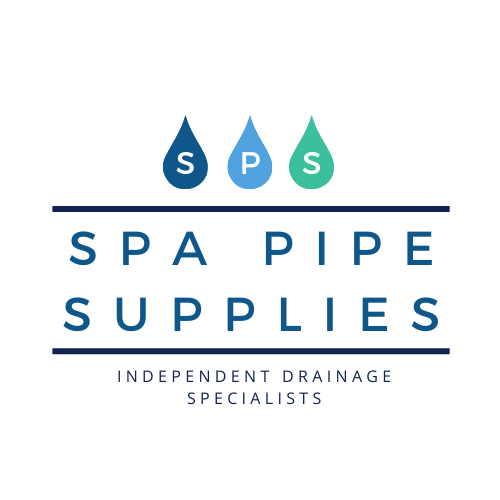Rules and Regulations
The following legislation applies to sewage treatment plants, septic tanks and foul water soakaways:
- Building Regulations
- British Standards
- Environment Agency Permits
- Environmental Permitting Programme Phase 2 (EPP2)
Building Regulations
Part H-H2 Package Sewage Treatment Works
The main implications are that a sewage treatment plant or septic tank must be placed at least 7m from a habitable part of a property and the soakaway must be at least 10m away from a watercourse, 15m away from any building and 50m away from a borehole, well or spring.
If the discharge is to a soakaway, then a sampling chamber must be provided after the septic tank or sewage treatment plant. Soakaway drains must be constructed in the aerobic soil layer, i.e. within 700mm of ground level.
Visit the Planning Portal website for more information
British Standards
BS 6297 2007 + Ammendment 1 2008
This standard re-enforces the Building Regulations H2 regarding foul water soakaways and basically, says the same thing.
Environment Agency (EA) Permits
Under the EPP2 legislation, all septic tanks and sewage treatment plants in England and Wales must be registered and obtain either an Exemption or a Permit.
However, the EA in England currently has a review of the final date for registration and whilst this is on, they do not require anyone to register who is discharging less than 2M³/day to soakaway (11 persons) or 5M³/day (27 persons) to a watercourse. This is ONLY if the site is not in a Groundwater Source Protection Zone or Site of Special Scientific Interest.
All other discharges must still be registered as must all discharges in Wales, no matter how small the amount.
Environmental Permitting Programme Phase 2 (EPP2)
If you are not on a mains sewage system then the EPP2 legislation requires you to register your waste water system with them so that they know who is discharging sewage effluent into the ground or into watercourses. The EA in England currently has suspended this requirement for small discharges untill a last date for registration has been decided. Please see above.
Sewage Discharge Options
Options for discharges of sewage effluent
Sewage can be discharged into the environment by two methods:
- Direct to watercourses - ditches, streams, rivers etc. - sewage treatment plants
- Directly to ground - soakaway drainfields ONLY - septic tanks and sewage treatment plants
Only sewage treatment plants with an EN12566-3 Certificate can be discharged to watercourses. If they don't have this performance certificate, then they cannot be classed as a sewage treatment plant anymore and new ones must be treated as if they were a septic tank.
From July 1st 2013, all septic tanks must also have an EN 12566-1 certificate in order to be sold in the UK. Most septic tanks for sale in the UK don't have this, so be warned.
You cannot discharge sewage effluent to soakaway pits anymore. Nor can you use soakaway crates, tunnels, etc. as these are for surface (roof) water only. You are not allowed to discharge sewage effluent into boreholes or wells without special permission from the EA as this method can directly contaminate groundwater that is abstracted for public drinking water. The EA will check that you are nowhere near a drinking water abstraction point and that you don't have an aquifer under your site.
